An Animal That Changes Colors
The rapid irresolute of peel color is one of the most amazing things we can run across in the fauna kingdom. The way such animals alloy in with their surrounding is definitely a miracle play. Here the list of seven amazing color-irresolute animals in the world.
seven Pacific Tree Frog
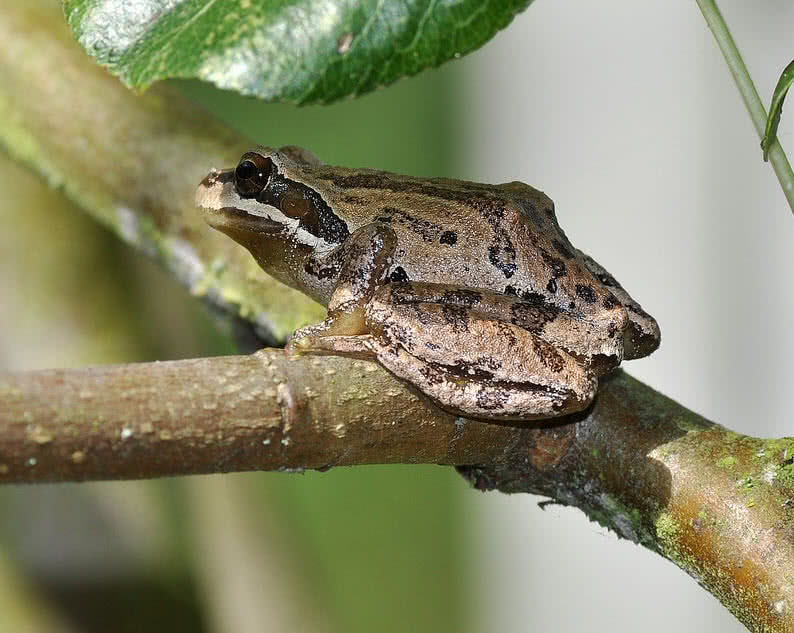
The Pacific tree frogs native to the W coast of North America are easily distinguished past their sticky toe-pads. It helps them to easily grip and climb on plants and tree branches. The diversity in skin color is another corking feature of Pacific tree frogs. They found in various colors including greenish, tan, blood-red, chocolate-brown and green. In improver, Pacific tree frogs can also change their color in co-ordinate to the surrounding. This change of colour will happen in a few minutes. In that way, it becomes difficult to spot the Pacific tree frogs by the potential predators like snakes and birds.
Interesting Facts About Pacific Tree Frog
- Inhabit in pocket-size ponds, woodlands, and grasslands in the Westward Coast of North America.
- It is a small amphibian, only has a length between 2.5-4 cm.
- Despite they are not bad climbers, establish very shut to the ground virtually of the times.
- Known for their distinctive loud 'Kreck-ek' call.
6 Arctic Fox
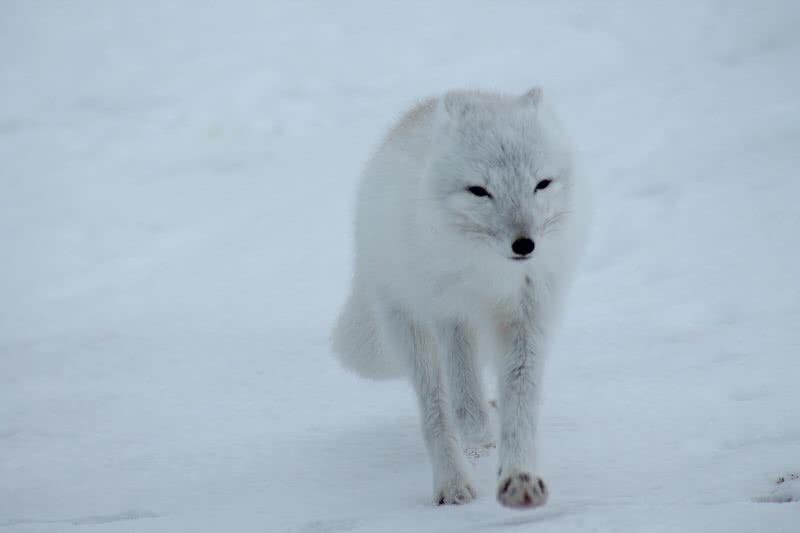
One of the well-nigh beautiful and amazingly adaptive Arctic animals. They tin even survive freezing temperature every bit low as -l caste Celsius. The thick fur is one of the master features of Arctic foxes that make them well adapted to alive in frigid Arctic climate. Their rounded body shape and curt legs and ears as well let them conserve estrus.
Throughout the winter, the Arctic foxes accept beautiful white coats. It allows them to blend in with the snowfall of Arctic tundra. So that the Arctic foxes can effectively catch the preys similar hares and fishes. In side by side summer flavour, their colour volition change to brown. It provides excellent camouflage against the rocks of Arctic tundra that fourth dimension.
Interesting Facts About Arctic Fox
- Has a length betwixt 46-68 cm and weigh up to 7 kg.
- Live in burrows created on the thick snow.
- Has an first-class sense of hearing, make them effective hunters in extreme Chill conditions.
- They have fur under the paws. It helps them to walk effortlessly on snow and water ice.
See Also:
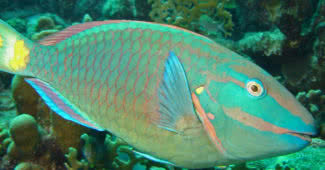
5 Golden Tortoise Beetle
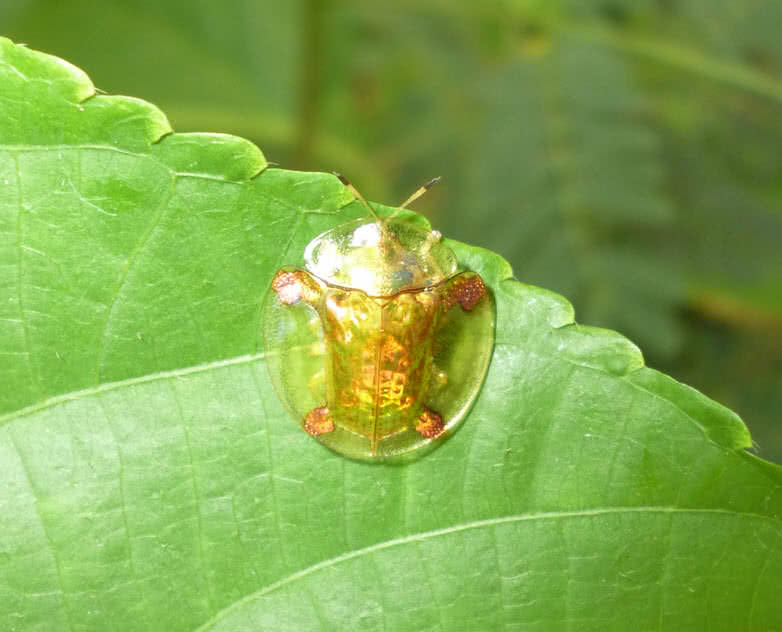
The gold tortoise beetle is a tiny insect that native to North America. They often called as 'golden bugs' because of the striking gilded coloration. The power to change color rapidly is the one thing that makes gold tortoise beetle so special among the family of beetles. When threatened, the golden tortoise beetle will alter their color to brilliant goldish orange. This modify of color will happen under ii or 3 minutes.
Once golden bugs change their color, they will wait like a poisonous insect. It volition too surprise the predator. Thus. aureate bugs could make a narrow escape by their rapid color modify.
Interesting Facts About Golden Tortoise Protrude
- They just mensurate 5-7 mm in length.
- Gold bugs alter their colour past decision-making the fluid flow through the channel under the shell.
- Gold tortoise beetles normally host on plants similar sweet potato and forenoon celebrity.
4 Mimic Octopus
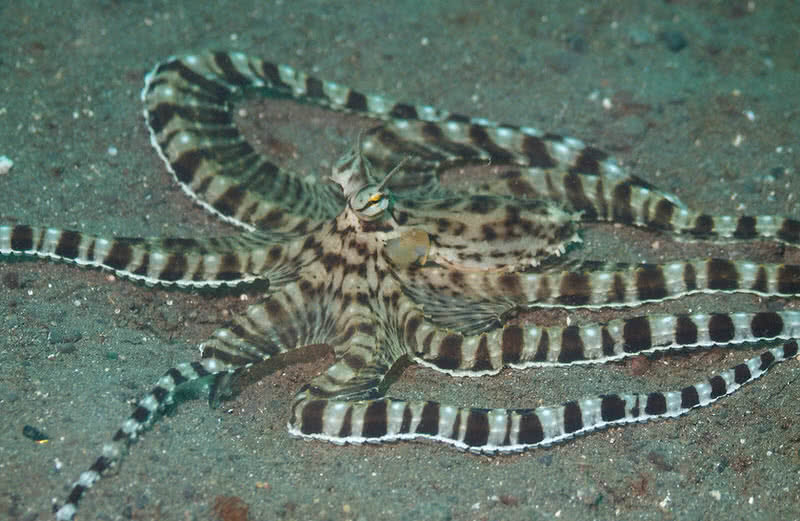
The mimic octopus is an intelligent and amazing aquatic animate being that native to the Indo-Pacific region. They are named subsequently their power to mimic various body of water animals including lion fish, body of water ophidian, stingrays and jellyfish. In add-on to body movement, they can as well plow into the colour of animals they choose to mimic. They also use the color changing technique to blend with the surroundings.
The mimic octopus is the first known aquatic species with the ability to mimic other animals. They utilise this technique to avert the predators and to catch the prey. Their mimicry behaviour is based on the type of prey or predators budgeted.
Interesting Facts About Mimic Octopus
- The majority of animals choose by the mimic octopuses to mimic are poisonous.
- They make burrows and tunnels on the seafloor.
- Mimic octopuses are intelligent enough to know what type of creature could defend their current predator and they act appropriately.
- If no other food sources establish, mimic octopuses volition eat each other.
iii Cuttlefish
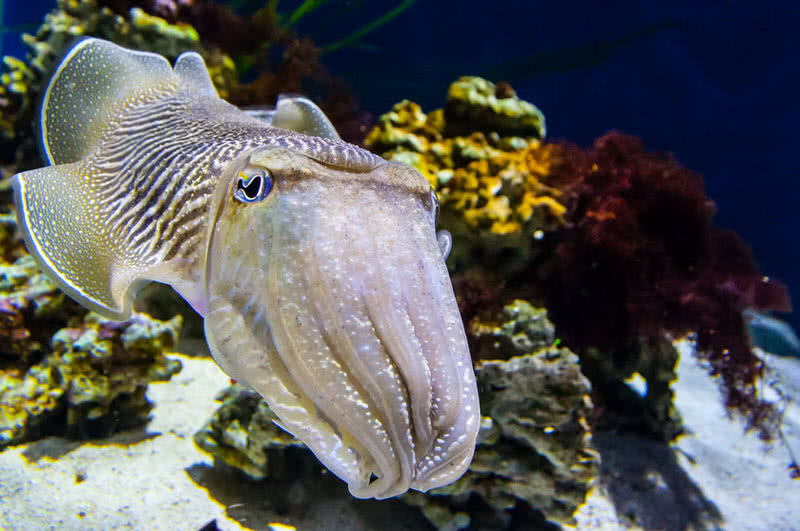
The cuttlefishes are medium-sized cephalopods that found throughout the world's oceans. There are more than 100 different species of cuttlefishes in the globe. Cuttlefishes are known for their excellent camouflage power. With the help of millions of pigment cells, cuttlefishes can hands change their colour in accord with the surround. Thus, cuttlefishes tin be completely invisible on the seafloor. It besides helps them to remain undetected by the potential predators.
Interesting Facts About Cuttlefish
- Cuttle fishes are one of most intelligent invertebrates on world's oceans.
- Take 2 long tentacles and eight artillery.
- Cuttlefishes uses their coloring technique during mating.
- Cuttle fishes are blind to colors.
- They can encounter the polarized calorie-free which is invisible to human.
2 Flounder
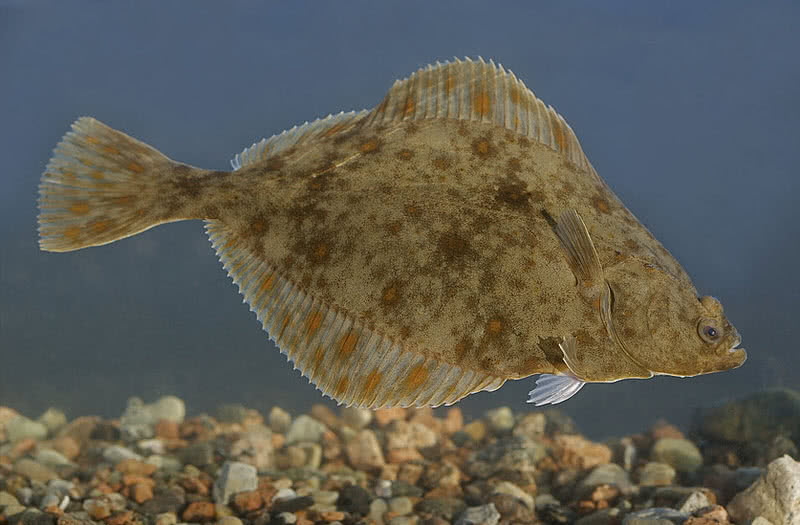
Flounder fish is an excellent example of adaptive camouflaging. They can easily alter the body color depend on the habitat. Flounders are commonly found in brown colour with different markings. Information technology volition change when they move to a new habitat. In fact, the flounders can blend in with any new habitat in but 5-8 seconds.
Once a flounder fish reaches in a new habitat, their body will use the light received through the retina to find the colour of the surface. Then the body will release dissimilar pigments to the skill cells to plow into the color of new habitat. In improver to the cover-up technique, flounders have nocturnal behavior, only hunt at night. Information technology makes them hard to find past the potential predators like sharks and eels.
Interesting Facts Virtually Flounder
- Flounders can grow up to a length of five to 25 inches.
- They usually remain motionless on the seafloor and blend in with the surroundings.
- Flounders brand surprise attack on preys including crabs, shrimps and small fishes.
- Flounders uses their vision, hormones and specialized skin cells to change the color in accordance with the surroundings.
Related Articles
1 Chameleons
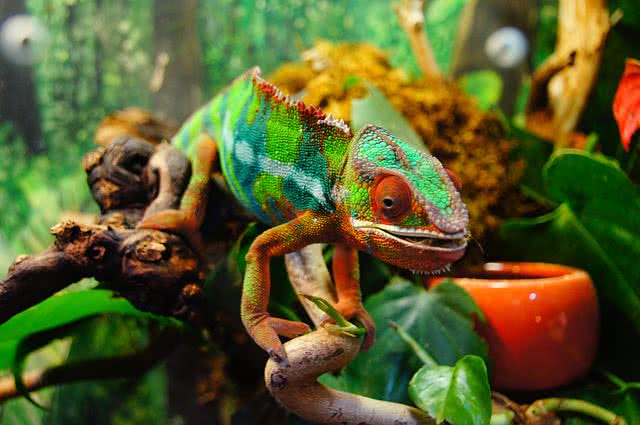
Possibly no other name comes to our mind when talking about colour-irresolute creatures. The rapid changing of skin color is the most distinctive feature of chameleons. Of course, chameleons can perfectly blend in with the surroundings using this behavior. But, the changing of the skin colour of chameleons is actually acquired by the change of their mood and temperature and intensity of light in the surrounding. Some species of chameleons can plow into almost whatever color.
Chameleons have special paint begetting cells nether their skin. The change in mood, temperature or lights send a message from the brain to these cells. It results in the alter in the color of skin. This change will happen in just 16-20 seconds. Chameleons use this technique to communicate with other chameleons. It also allows them to perfectly blend in with the environs.
Interesting Facts About Chameleons
- There are 160 different species of chameleons in total. Half of world'due south chameleon species live in Madagascar isle.
- Chameleons can move their eyes independently each other. Thus, they will get a 360-caste view of the surroundings.
- They vary in size. The Parson'southward chameleon is the biggest chameleon in the earth which measure up to 27 inches in length. Brookesia micra is the smallest known chameleon which is only 0.5 inches in length.
- Chameleons tongue measure 1.5-2 times of their torso length.
- Chameleons can see both visible and ultraviolet light.
An Animal That Changes Colors,
Source: https://themysteriousworld.com/amazing-color-changing-animals/
Posted by: richardsonnounkilthe.blogspot.com


0 Response to "An Animal That Changes Colors"
Post a Comment